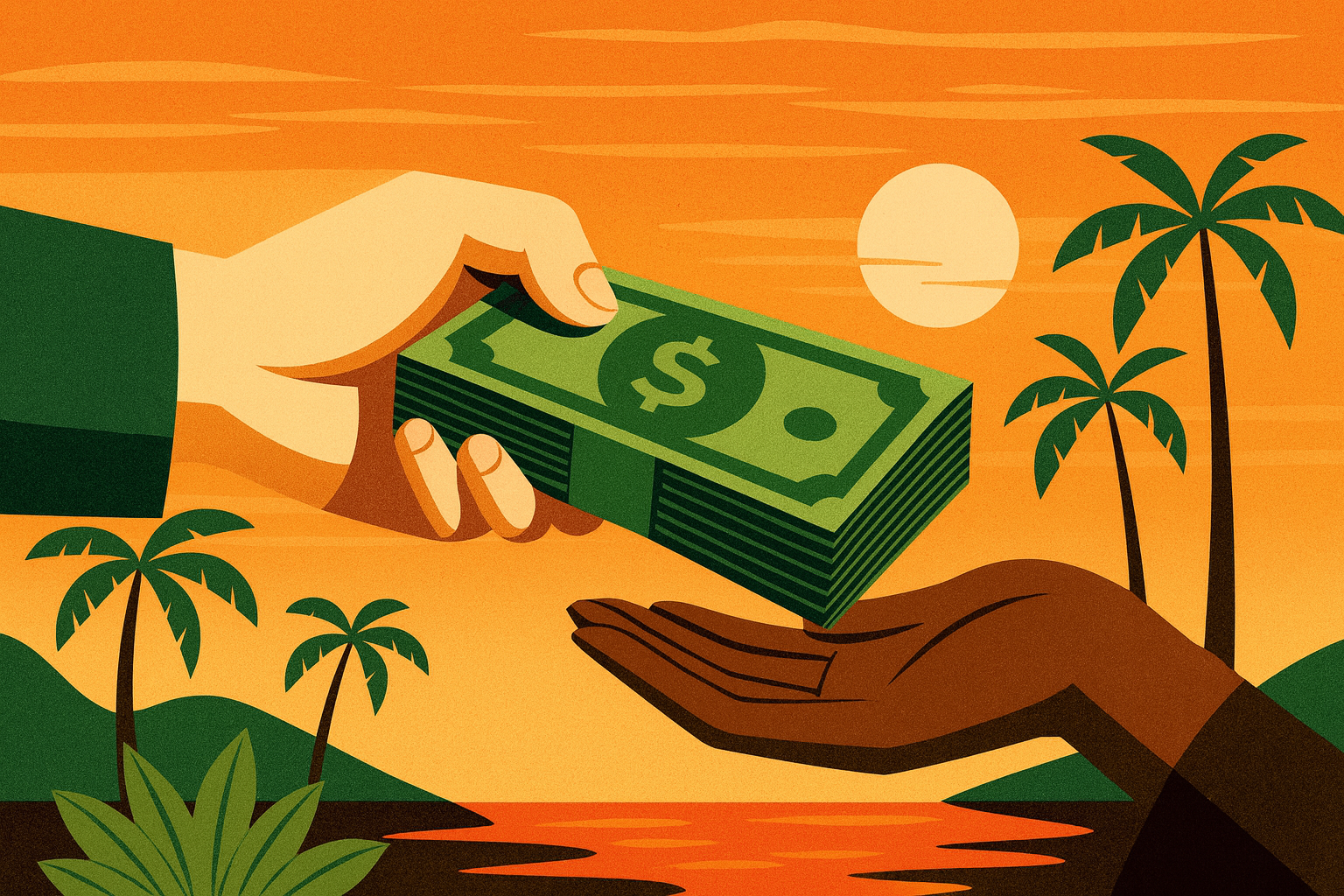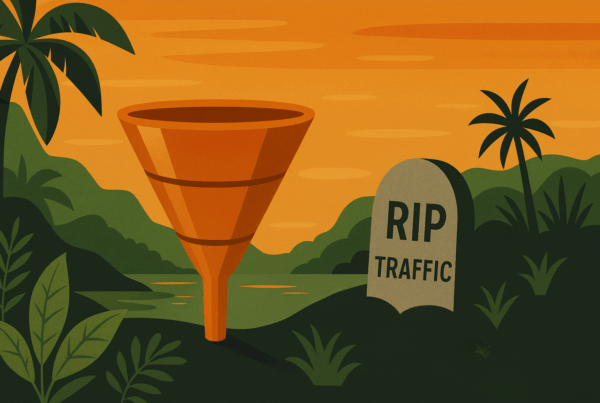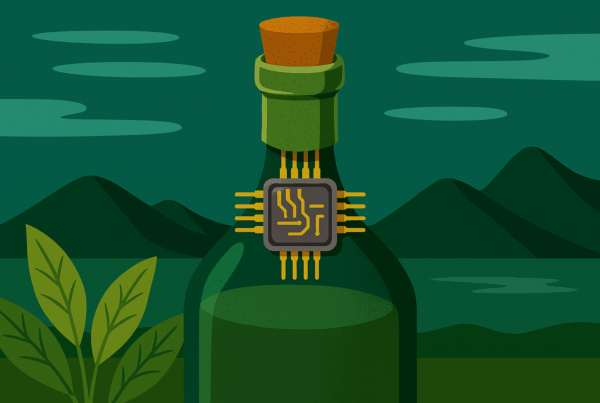People don’t buy products. They buy feelings.
I’ve seen it firsthand in high-end sales. Someone doesn’t spend ten grand on a watch just to know the time. They buy how it feels to wear it. That confidence. That moment when someone notices.
The same thing happens in marketing. Whether the emotion is joy, nostalgia, or even a little fear, emotional marketing works because it connects with people before logic ever gets the chance.
Handled the right way, it builds trust, not pressure. It’s helping your audience imagine what it feels like to win, to belong, or to finally solve the problem that’s been bugging them.
What Emotional Marketing Actually Means
Emotional marketing is about making people feel something real before they click, sign up, or buy. It turns your message into a story and your brand into a feeling.
Research shows emotion drives around 95% of purchasing decisions (BrighterClick). That number sounds high, but it makes sense. We make decisions with emotion first, and reason shows up later to justify them.
If someone can picture the pride, joy, or relief they’ll feel after buying from you, you’ve already done most of the work.
The Feelings That Drive Action
Different emotions create different types of movement. The trick is to use the right one for your audience.
Fear (used tastefully)
Fear works best when it’s about protection, not panic. It helps people recognize what’s at stake – what they might lose by staying the same or waiting too long.
Psychologist Daniel Kahneman, author of Thinking, Fast and Slow, referred to this phenomenon as loss aversion, the idea that people experience the pain of loss twice as strongly as the joy of gain. In other words, we’ll go further to avoid losing something than to win something new.
When you use fear in marketing, you’re not exploiting that instinct; you’re guiding it. You’re helping someone avoid missing out on a better outcome. It’s about urgency with empathy, not pressure.
Nostalgia
Nostalgia brings comfort. It reminds people of something they already trust. That’s why retro packaging, callbacks, and “remember when” campaigns land so well. They make people feel grounded in a world that changes daily.
Happiness
Happiness is magnetic. When people associate your brand with positive energy, they keep coming back. Think of brands like Coca-Cola or Airbnb, their ads don’t sell products, they sell joy, connection, and belonging.
The Emotional Marketing Trends Defining 2025).
It’s messy, funny, and honest. And that honesty is refreshing in a world full of polished ads.
Cringe Marketing
“Cringe” content is blowing up, and it’s working. Brands like Duolingo and Ryanair are posting offbeat, awkward content that feels real and self-aware (ZoomSphere).
Chaos Packaging
Minimalism is taking a back seat. “Chaos packaging” is the opposite: wild colors, bold typography, and unexpected visuals that demand attention (Design & Paper).
It’s designed to spark curiosity and evoke an emotional response before you even know what the product is.
How to Use Emotional Marketing the Right Way
Emotion isn’t a gimmick. It’s a strategy that only works when it’s honest.
- Start with the feeling.
Ask yourself what emotion your brand should create. Is it excitement? Relief? Confidence? - Show it through your story.
Every piece of content should bring that emotion to life through visuals, tone, and experience. - Be authentic.
Forced emotion feels fake, and fake breaks trust. Keep it real, even if it’s imperfect. - Make it consistent.
Every touchpoint, from your emails to your packaging, should carry the same emotional tone. - Keep it ethical.
Fear-based messaging should guide, not pressure. Inspire action without exploiting emotion.
Why Emotional Marketing Will Always Win
Technology changes. Algorithms change. But people? People still make decisions with their hearts.
That’s why emotional marketing always wins. It’s the bridge between awareness and action.
When your audience can imagine the emotion that comes with buying from you – confidence, joy, pride – you’re not just selling a product. You’re selling a feeling they can already picture themselves having.






